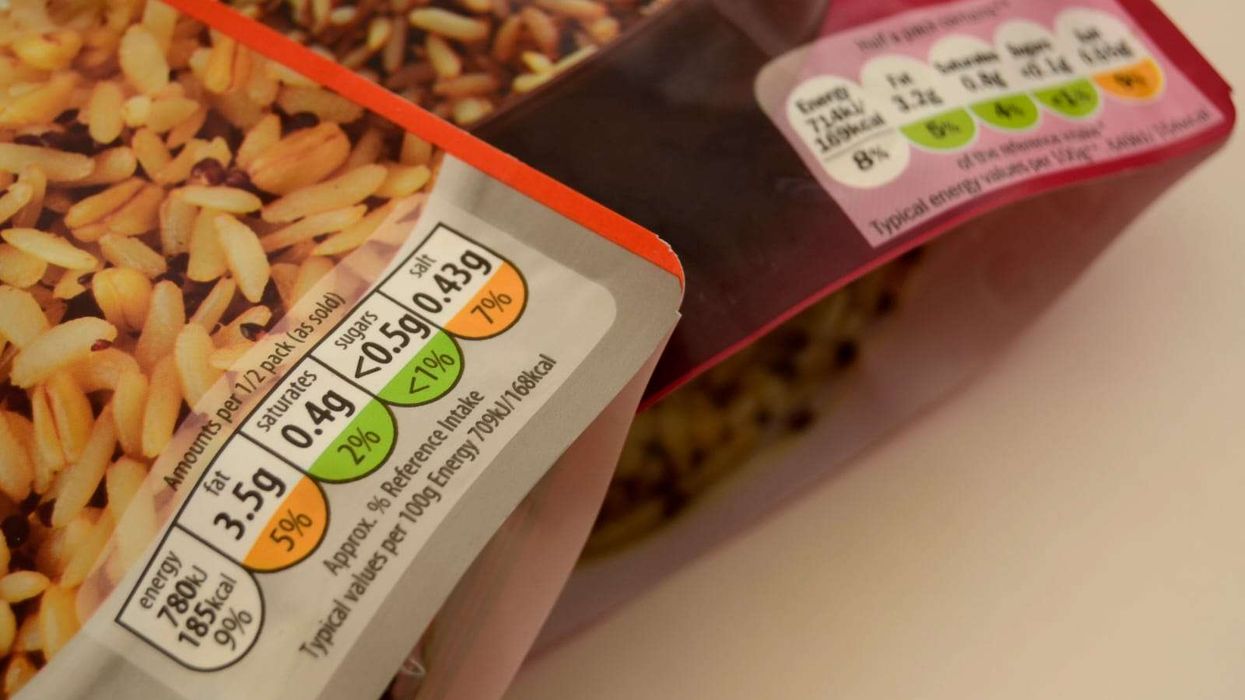SADHGURU LOOKS AT THE DEEPER DIMENSIONS IN LIFE
PEOPLE’S idea of purity is very convoluted. Purity is not a certain level of incapability as it is generally made out.
When I say purity, do not think of whatever you call saintliness. I am not talking about purity in that sense. If you say the air is pure, what do you mean by that? Does it mean to say this air came straight from God, or does it mean it has all the ingredients to nourish life?
If you say the land is pure, does it mean it is sterile where nothing can grow, or that it is full of all the filth that can exist on the planet, and if you throw a seed, pooff, it will immediately pop up? Pure means life-oriented; everything that is needed for life to burst out and make things happen is all there.
Purity does not mean you should become constipated. Purity does not mean becoming unnatural and digressing from the life process. Purity means you have become the life process because only life can perceive life. You have to be alive in the highest possible way if you want to perceive the subtler and deeper dimensions of life. It is just that everything that is said, people take it literally and put it into some other context.
In the yogic culture and probably in other places also, someone said: “If you are sexually-oriented, you will not perceive.” They said this not because they think something is right or wrong about it. All they said was: “If you are sexually-oriented, you are driven by a little cocktail of chemicals within you. Your consciousness will not work because it is a compulsive force.”
If you are in a certain state of compulsiveness, the sounds of consciousness will be out of your grasp. In that context, any number of people would have said that if you are sexually-oriented you will miss the other aspect.
Not because it is right or wrong. If it is wrong, then your very existence is wrong. Well, that has also become a teaching in some places today. It is just that every word that is said can be misunderstood and taken to a dimension of one’s own limitations.
The body involves the mind, the energy and a substance which makes all this. I am calling it a substance because it is quite substantial. For me, that dimension is far more substantial than the physical reality that I see around.
Divine is a substance because it is more present than anything else in the existence. Something that is so substantial, so powerfully present, I do not think I am doing any injustice when I call it a substance. But if one has to become receptive to that substance, this physical substance that you can see and touch has to be there only as a small extended particle of that substance; only then, one becomes receptive.
FRAGRANCE AND FILTH:
Right now, if you stick your nose out, you will smell the plants, the flowers – many things. If you walk ten paces, you will smell something else. As you go here and there, you will smell so many things.
But the air does not know anything about these smells. It simply carries anything that comes its way. The air is not enjoying the smell of the rose or the jasmine, nor is it suffering the smell of the toilet. It simply works as a medium. It carries everything – neither enjoying or suffering anything. Maybe it just enjoys its movement because when we trap it, it stinks!
If you become like this, that this smell and that smell both do not mean anything to you, then you will become capable of touching everything. You are not dodging or avoiding anything but you are refusing to make a distinction between this and that; you simply carry everything that you touch, not forgetti-ng anything.
The air has not forgotten anything that it has touched. Whether it is the fragrance of a flower or the stink of the filth. Whatever it touches, the air carries everything without discriminating. Because it is like that, it is capable of touching everything. If it was not like that, it would definitely avoid the toilet, and the moment you went into the toilet you would suffocate and die.
But it is pervading the toilet as it would pervade the shrine, in the same way, with the same involvement. It is touching the form of the divine and the lump of filth with the same involvement. Because it is like that, it gets to know and carry everything.
If one wants to know, you should not discriminate, but if one loses his discrimination, he cannot know. If someone is really looking, what is s***, what is sacred doesn’t matter for him. He starts looking at everything. If your interest in life is without prejudice, that you just want to know what this is about, only then you become a receptacle, a possibility.
- Ranked amongst the fifty most influential people in India, Sadhguru is a yogi, mystic, visionary and best-selling author. Sadhguru has been conferred the Padma Vibhushan by the government of India in 2017, one of the highest annual civilian awards, accorded for exceptional and distinguished service.












